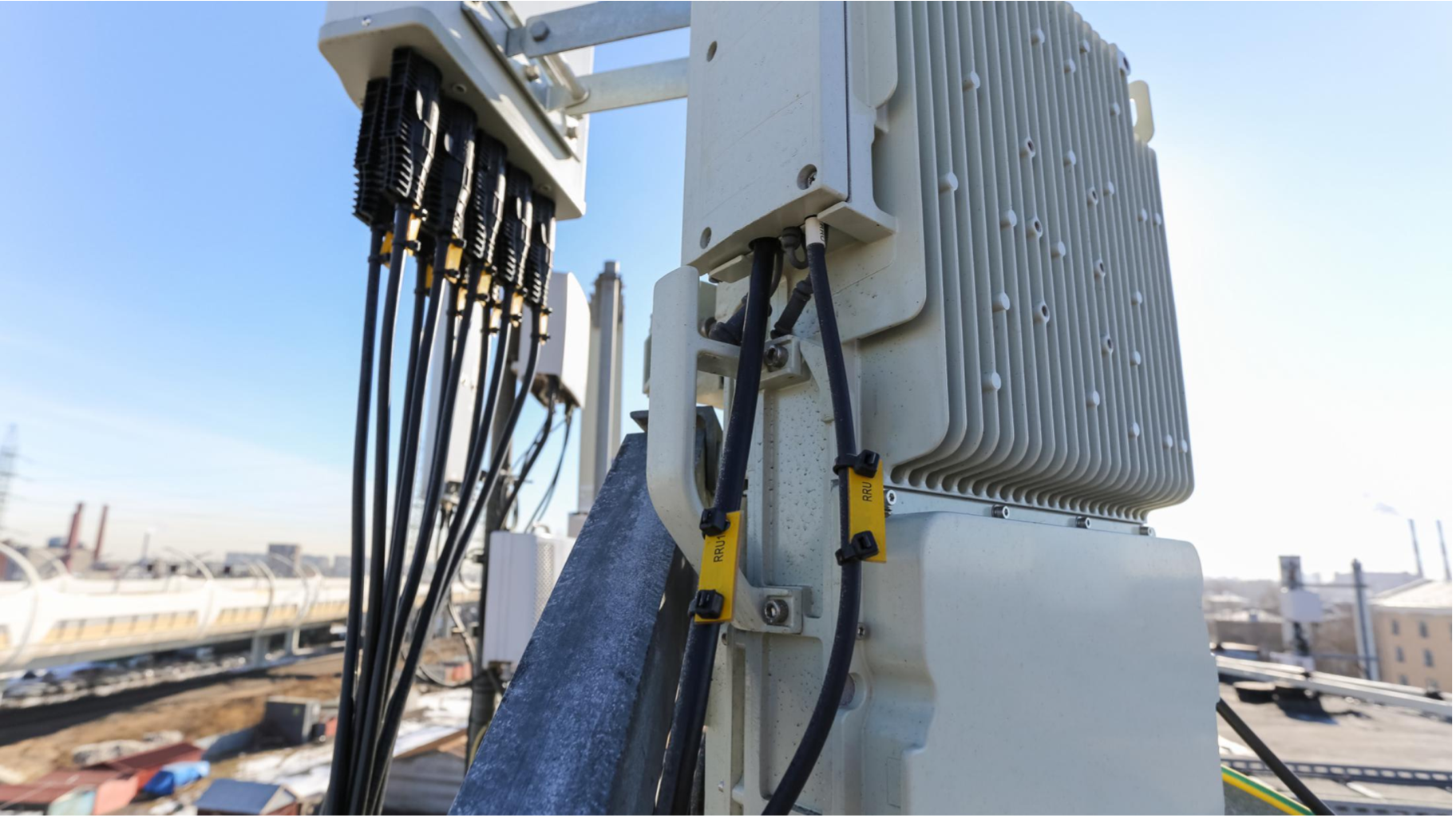Enabling Wireless Connectivity And Coverage: Understanding The Remote Radio Unit

The Basics of Radio Communications
A radio communication system consists of two main components - the base transceiver station (BTS) and the remote radio unit (RRU). The BTS traditionally housed the radio equipment like power amplifiers, frequency mixers, and antennas required for radio signal transmission and reception. However, with the advent of technologies like software-defined radio and network virtualization, the functions of a BTS have been split between centralized and distributed units.
The centralized unit (CU) now handles the core digital signal processing functions like coding, modulation, scheduling etc. while the distributed unit (DU) handles radios tasks like up/down conversion between radio frequency and baseband. The Remote Radio Unit is a sub-component of the DU that is installed remotely and handles the analog radio functions. It is connected to the DU via common public radio interface (CPRI) or open base station architecture initiative (OBSAI) protocols.
Key Functions and Components of an RRU
An RRU consists primarily of radio frequency (RF) components needed for radio signal transmission and reception. The key functions performed by an RRU include:
Frequency Up/Down Conversion: The RRU converts the received baseband IQ samples from the DU to radio frequency for transmission and vice versa for received radio signals. This up/down conversion is done using components like mixers and local oscillators.
Power Amplification: The power amplifier in the RRU boosts the power of the transmitted radio signal to the required output power level before transmission through the antenna.
Get more insights, On Remote Radio Unit
- Art
- Causes
- Crafts
- Dance
- Drinks
- Film
- Fitness
- Food
- Games
- Gardening
- Health
- Home
- Literature
- Music
- Networking
- Other
- Party
- Religion
- Shopping
- Sports
- Theater
- Wellness
- IT, Cloud, Software and Technology


